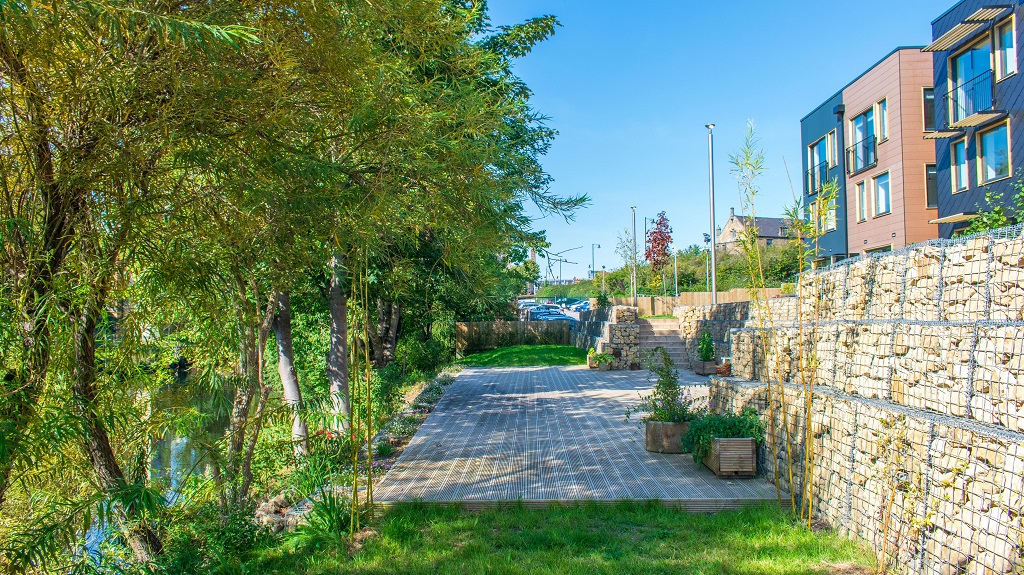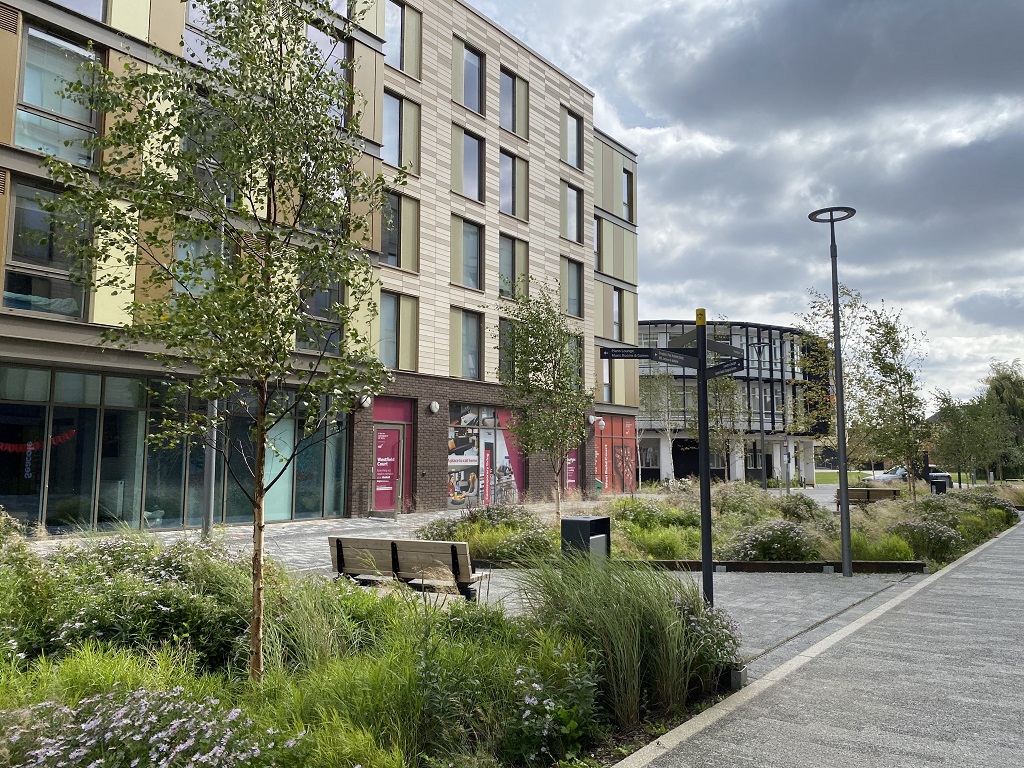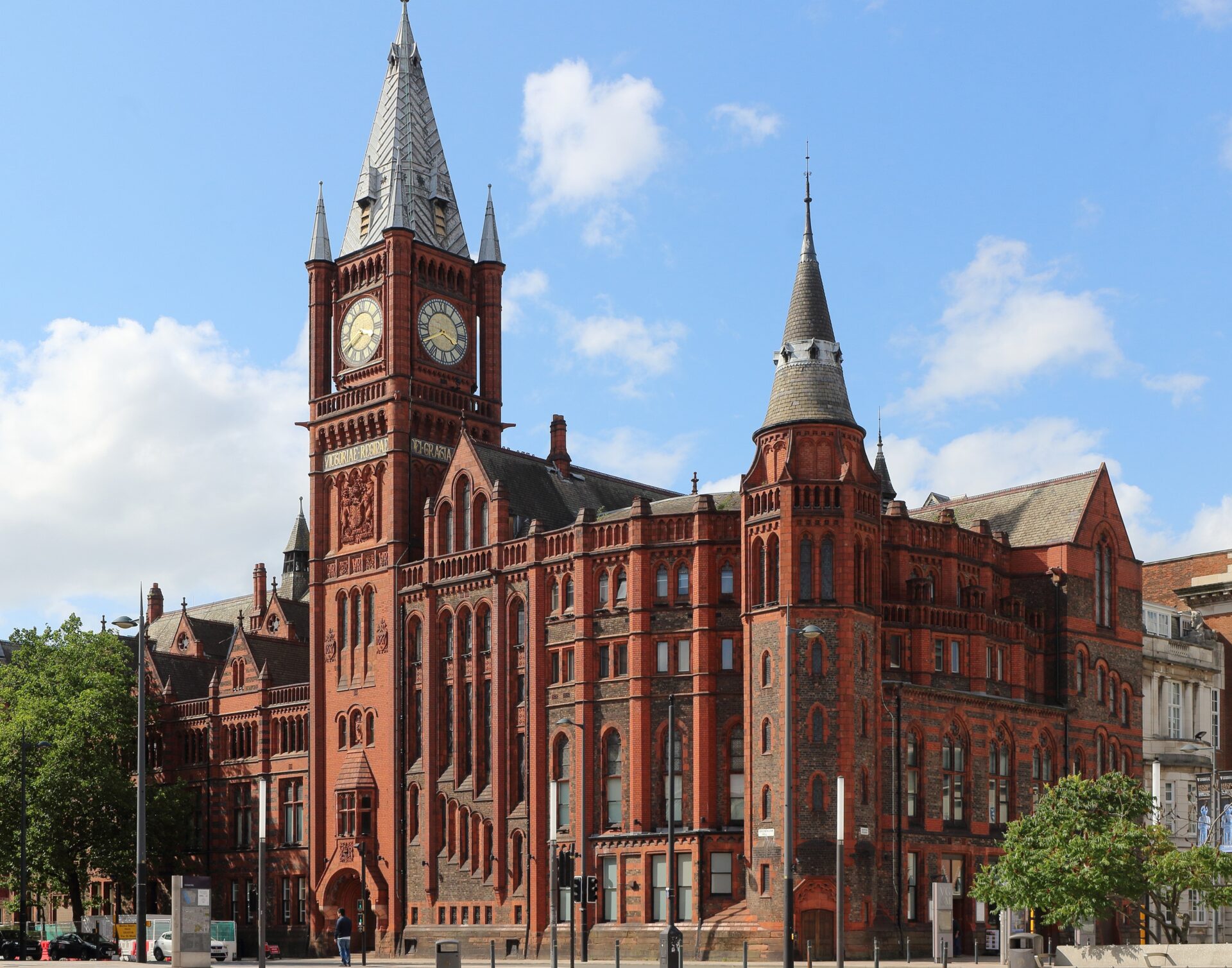Commentary
COMMENT | The need to lead with nature in property
As we better understand the role the natural world can play in the built environment and how it can adapt to challenges such as climate change, it is time to bring nature-based solutions to the front and centre, write Paul Morris of Civic Engineers and Tom Jonson of LUC.
Leading with nature is about better embracing the value of nature in development, integrating solutions like green space and green infrastructure for their spectrum of benefits, from health, wellbeing and recreation to water management and biodiversity enhancement. When implemented in schemes from the outset, the environmental impact of leading with nature on towns and cities can be significant, aiding with urban cooling and improving air quality.
Watch the Leading with Nature roundtable, where decision-makers from Manchester City Council, GMCA, Muse Developments, Bruntwood Works and others discussed leveraging nature to improve the value and impact of schemes
We are not only dealing with climate and biodiversity emergencies, but a housing crisis as well. Local authorities are working to increase the number of people living in urban centres, assist with their health and wellbeing, and resolve issues brought about by social and economic change. Taking a ‘leading with nature’ mindset can help with these challenges, by introducing natural habitats back into urban areas, providing people with much-needed contact with nature, while at the same time improving streetscapes and the public realm.
We feel this challenge to the standard approach of place-based development should be given due consideration now as nature-based solutions represent a boon to several aspects of life in the 2020s and will have a legacy that reaches much further beyond.
The property and development industry as a whole is moving to a place where it is embracing collaboration across industries and specialisms with some positive results. As an example, highways engineers are no longer tasked with being solely responsible for streets and how they operate; landscape architects and urban designers are brought in at early concept stage to implement climate-positive design.
This more holistic approach to development improves opportunities to lead with nature through areas such as active travel and green infrastructure enhancement. To some extent this would be orchestrated by the local authority at a strategic level, looking at how a town or city operates as a whole and connecting communities across several different levels for maximum benefit.
With all this being said, the same challenges continue to rear their heads and stand in the way of progress – principally, that of funding and who shoulders the burden of cost.
Local authorities can mandate that relevant contributions are used to implement solutions that are rooted in nature and multi-functional, such as rain gardens and urban parks, which tick many environmental boxes as well as injecting highly valued open and green space.
But it doesn’t have to be that difficult. While at the outset, some nature-based solutions might be more expensive than traditional solutions, over the longer term they can be cost-positive while also providing the numerous benefits already mentioned.
For example, a good sustainable drainage system helps retain and slow water, minimising the impact of flash floods and stopping vast quantities of water ending up downstream and causing some of the major problems seen in recent years.
For developers and investors looking at land and buildings as assets for a portfolio, having a positive environmental impact will stand a project or estate in better stead in the long term than those without the necessary credentials. Investors are already looking at positive ESG impacts and letting those priorities influence their decision-making. By avoiding the issue now, there could be ramifications for the bottom line in the future.
In Leeds, Civic Engineers has worked alongside developers Citu to create its Climate Innovation District, or CID, the biggest urban sustainable development in the UK.
The CID represents a major change in priority for the local authority and the demands of potential occupiers. The 312 homes will be manufactured to Passivhaus principles, and the landscape contributes to a reduced flood risk, with surface water managed at source through a combination of tree planting, permeable paving, rain gardens and ponds.

When complete, Leeds’ Climate Innovation District will be the biggest urban sustainable development in the UK
The completed homes will be the first houses to have been built in Leeds city centre in more than 90 years. The site will encourage people to walk or ride bikes rather than taking the car to work, but it will also utilise charging points for electric vehicles.
On the other side of Yorkshire, LUC has played a key role in the development of Westfield Court at the University of Hull. The development provides 1,456 student bedrooms, organised within ten new buildings ranging from four to nine storeys.

Westfield Court at the University of Hull is an example of a development that weaves the green context throughout the scheme
The new buildings boast a central landscape with a rich mix of ornamental grasses, herbaceous perennials, and tree specimens. This extends through to an ‘Urban Green’, with large open green spaces with depressions to attenuate surface water run-off. LUC ensured that they included rich meadow grassland and wetland tree species to help maximise habitat creation and weaving the green context throughout the scheme.
As the development sector wakes up to its impact on the environment and the ongoing greying of cities, leading with nature looks to be a tenable and progressive solution to the issues impacting the UK and wider world.
- Paul Morris is a director at Civic Engineers. Tom Johnson is director of landscape architecture and urban design at LUC

Civic Engineers is a civil, structural and transport engineering practice focused on having a positive impact on the environment and enabling people to lead happier and healthier lives.
LUC is an award-winning environmental consultancy providing planning, impact assessment, landscape design, ecology and geospatial services to a wide range of public and private sector clients.
Listen to more on this subject…





Thank you for these examples and the encouragement to meaningfully implement a significant change to the prioritisation of nature in the built environment.
Also, a great summary by Cllr Eve Holt at 8mins 40 in the video about the importance of these considerations and the need for change to decision making mechanisms.
By Paul